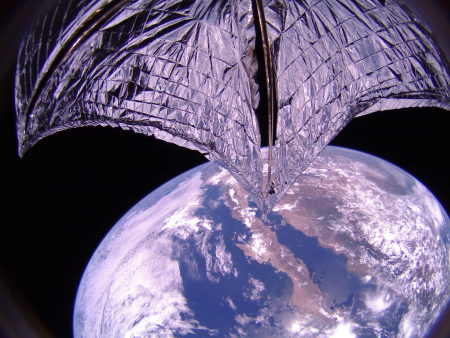iSpace plans eight launches in 2020
After its first successful orbital mission last week, China’s semi-private rocket company iSpace announced today that it hopes to complete eight launches in 2020.
Clients from Singapore, Italy, Spain, Hong Kong and Sri Lanka, as well as mainland customers, have already either signed up for a spot on iSpace’s rockets or expressed interest.
iSpace is open to both private and government clients. “It’s the same for us whether it’s a private or a state-owned company,” Vice President for Marketing and Communications Yao Bowen said.
The price tag to launch a rocket is 4.5 million euros ($5 million), Yao added.
This launch price is just under what Rocket Lab has been charging, $6 million, and is clearly designed to take business from them. It is however higher than what Vector says it will charge, $4 million, should that company ever get its rocket off the ground.
The article also notes the investment capital raised by iSpace, totaling just over $100 million. This does make this company appear a private company, but don’t believe it. Its existence is very much tied to and supervised by the Chinese government.
After its first successful orbital mission last week, China’s semi-private rocket company iSpace announced today that it hopes to complete eight launches in 2020.
Clients from Singapore, Italy, Spain, Hong Kong and Sri Lanka, as well as mainland customers, have already either signed up for a spot on iSpace’s rockets or expressed interest.
iSpace is open to both private and government clients. “It’s the same for us whether it’s a private or a state-owned company,” Vice President for Marketing and Communications Yao Bowen said.
The price tag to launch a rocket is 4.5 million euros ($5 million), Yao added.
This launch price is just under what Rocket Lab has been charging, $6 million, and is clearly designed to take business from them. It is however higher than what Vector says it will charge, $4 million, should that company ever get its rocket off the ground.
The article also notes the investment capital raised by iSpace, totaling just over $100 million. This does make this company appear a private company, but don’t believe it. Its existence is very much tied to and supervised by the Chinese government.





